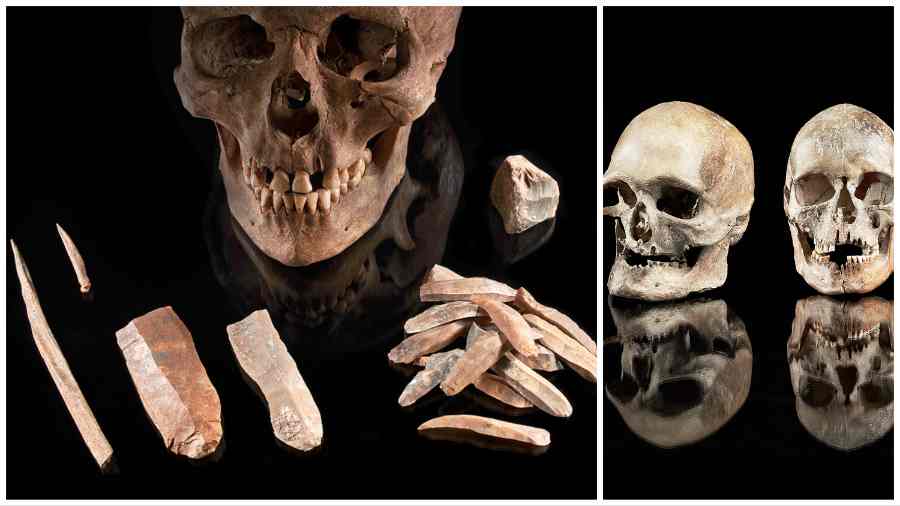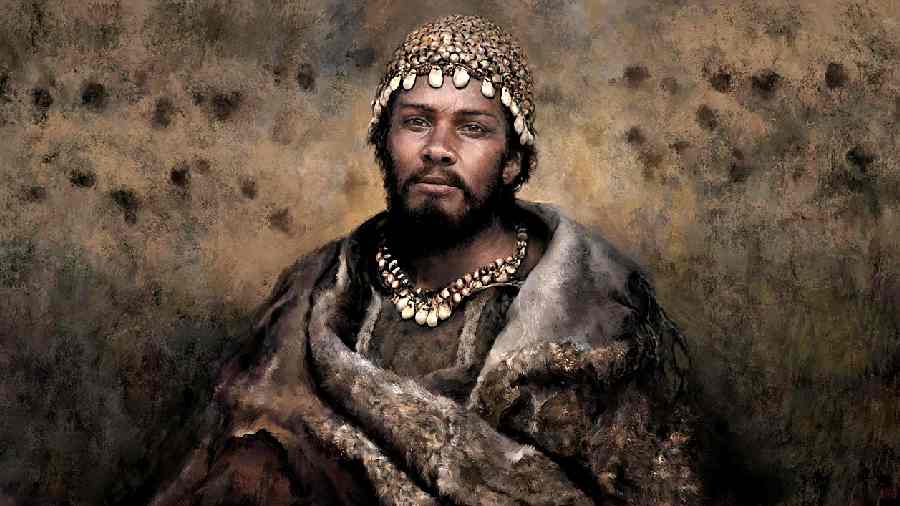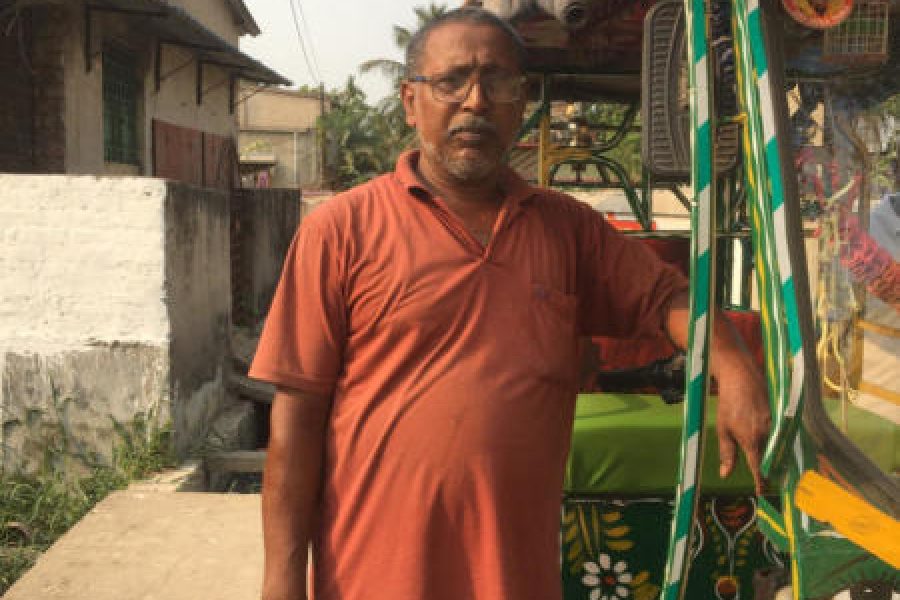Looking at DNA gleaned from the remains of 357 ancient Europeans, researchers discovered that several waves of hunter-gatherers migrated into Europe. “We are finally understanding the dynamics of European hunter-gatherers,” said Vanessa Villalba-Mouco, a paleogeneticist at the Max Planck Institute for Evolutionary Anthropology in Leipzig, Germany, and a co-author of two recent papers, the most robust analysis yet of the genetic record of prehistoric Europe.
The new studies suggests when farmers arrived in Europe about 8,000 years ago, they encountered the descendants of this long history, with light-skinned, darkeyed people to the east, and possibly dark-skinned and blue-eyed people to the west.
Villalba-Mouco and her colleagues have given these peoples a list of new names — the Fournol, the Vestonice, the GoyetQ2, the Villabruna, the Oberkassel, the Sidelkino and so on.
But the scientists are only just beginning to understand how so many different groups emerged 45,000 to 5,000 years ago.
Modern humans arose in Africa and expanded to other continents about 60,000 years ago. Last year, archaeologists reported what might be the oldest evidence of those humans reaching Europe: a set of 54,000-year-old teeth in a French cave.
When these groups arrived in Europe, Neanderthals had already been living across the continent for more than 1,00,000 years. The Neanderthals disappeared about 40,000 years ago, perhaps because modern humans outcompeted them with superior tools.
But the oldest DNA of modern humans in Europe, dating back 45,000 years, undermines such a simple story. It comes from people who belonged to a lost branch of the human family tree. Their ancestors were part of the expansion out of Africa, but they split off on their own before the ancestors of living Europeans and Asians split apart.
These early Europeans have almost no genetic link to younger remains of hunter-gatherers. It appears the first modern humans in Europe may have disappeared along with the Neanderthals, said Cosimo Posth, a paleogeneticist at the University of Tübingen, Germany, and a co-author of the two papers.
Before the advent of ancient DNA analysis, archaeologists would give names to cultures based on the styles of the things they made. The oldest modern human culture in Europe is known as the Aurignacians. About 33,000 years ago, as the climate turned cold, a new culture called the Gravettian arose across Europe.
Posth and his colleagues found DNA in Gravettian remains scattered across Europe. The scientists found two distinct groups: one in France and Spain, and another in Italy, the Czech Republic and Germany. They named the western population the Fournol people, and found a genetic link between this group and 35,000-yearold Aurignacian remains in Belgium. They called the eastern group Vestonice, and discovered that they share an ancestry with 34,000-year-old hunter-gatherers who lived in Russia.

(L-R) Skull and stone tools from a 7,000-year-old man found in Germany; 14,000-year-old skulls found in western Germany
That genetic gulf led Posth and his colleagues to argue that the Fournol and Vestonice belonged to two waves that migrated into Europe separately. After they arrived, they lived for several thousand years sharing the Gravettian culture but remaining genetically distinct.
About 26,000 years ago, the two groups faced a new threat to their survival: an advancing wall of glaciers. During the ice age, from 26,000 to 19,000 years ago, European hunter-gatherers were shut out of much of the continent, surviving only in southern refuges.
When the glaciers retreated, some descendants of the Fournol continued living in Iberia. But others expanded north as a new population, which Posth and his colleagues called GoyetQ2. “It really seems like a peopling of Europe after the last glacial maximum,” he said.
The Vestonice, by contrast, did not survive the ice age. But Posth and his colleagues discovered a population of hunter-gatherers that appeared to have expanded from the Balkans, known as the Villabruna. They moved into Italy and replaced the Vestonice.
For several thousand years, the Villabruna were limited to southern Europe. Then 14,000 years ago, they crossed the Alps and encountered the GoyetQ2 people to the north. A new population emerged, its ancestry three parts Villabruna to one part GoyetQ2.
These new people, which Posth and his colleagues called Oberkassel, expanded across much of Europe, replacing the old GoyetQ2 population. Posth speculated that another climate shift could explain this new wave.
To the east, the Oberkassel ran into a new group of hunter-gatherers, who probably arrived from Russia. The scientists named this group’s descendants, who lived in Ukraine and surrounding regions, the Sidelkino.
But in Iberia, there were no great sweeps of newcomers replacing older peoples. The Iberians after the ice age still carried a great deal of ancestry from the Fournol people who had arrived thousands of years before the glaciers advanced. The Villabruna people moved into northern Spain, but added their DNA to the mix rather than replacing those who were there before.
When the first farmers arrived in Europe from Turkey about 8,000 years ago, three large groups of hunter-gatherers thrived across Europe: the Iberians, the Oberkassel and the Sidelkino. Living Europeans carry some of their genes, which allowed Posth and his colleagues to make some educated guesses about the physical appearances of the ancient populations.
The Sidelkino people in the east had genes associated with dark eyes and light skin. The Oberkassel in the west, in contrast, probably had blue eyes and may have had dark skin, although it’s harder to be sure of their appearance than the Sidelkino.
These three groups of hunter-gatherers remained isolated from each other for about 6,000 years, until the farmers from Turkey arrived. After this advent of agriculture, the three groups began mixing, the scientists found.
NYTNS










